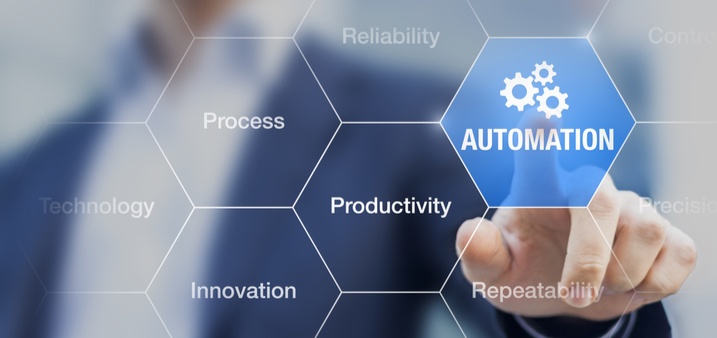Let’s be perfectly clear. This article is not for the tech savvy individuals out there. It’s probably also not a great read for legal professionals from large, big-budget law offices. Chances are, if you’re in one of those two groups, you’ve already automated a good chunk of your law practice.
This article is for those of us who are just now reluctantly embracing the vast technologies that swirl around modern law practices. The good news for us is, automation doesn’t have to involve a Ph.D. in computer technology. Indeed, law office automation can be as simple as removing redundancies from your everyday practice.
This article explores the issue of automation in the law office context. It also provides some baby steps for making the move toward automation.
Why should a law office automate anything?
If there’s one quality legal professionals are revered for, it’s our ability to take in information and come up with individualized solutions. Indeed, we’re often encouraged to “think outside the box” when it comes to solving our clients’ legal troubles. So, how does automation fit into that?
Automation doesn’t have to be about creating cookie-cutter solutions to legal problems. To the contrary, automation is about creating efficiencies in everyday tasks that will free us up for more substantive aspects of practicing law.
Take something as simple as your email signature. It probably includes your name, your title, your contact information, and perhaps a paragraph about privacy. By now, most of us have that lengthy signature automated; i.e., we don’t have to type it all out for every new email. It simply pops up automatically. Every time that happens, we’ve saved ourselves precious time.
That’s what automation is all about – efficiency.
What can I automate easily?
The best way to answer this question is to sit back and ask yourself what things you do repeatedly in your practice. Litigation attorneys, for example, often submit sworn declarations to the court. Those declarations have to include standard language about truthfulness, first-hand knowledge, and the like. You could type out the standard language every time you’re drafting a new declaration – or, you could automate.
In this instance, that might mean simply having a declaration template saved on your desktop that contains the required language. You type it once and never have to do it again. That’s automation. The good news is, you can have automated templates for all kinds of documents – contracts, retainer letters, articles of incorporation. Anything you might have to type twice can (and should) be made into an automated template.
What can I automate besides documents?
The truth is, you have probably already begun your path toward automation. Your voicemail service, for example, is a form of automation. Rather than having to answer the phone every time it rings, you can send out an automated recording and an invitation for the caller to leave you a message.
You can also use automation for scheduling. Let’s say you want to schedule a phone call with a client. In the past, that might take several phone calls, emails, and texts before you could settle on a date and time for the conference.
Now, you can get an automated scheduling app that integrates with your electronic calendar. That way, if someone wants to set up a meeting with you, all they have to do is click on a scheduling link, choose an available date and time, and show up for the meeting. You don’t have to do a thing – the app automatically puts the meeting in your electronic calendar.
There are also apps that allow you to automate workflow. Let’s say you have six attorneys and three paralegals working on a large project. You can use the app to assign discrete tasks to members of the team. They can then use the same app to update you on their progress. There’s no more need for endless phone calls, distracting office visits, or micromanaging. You simply look at the app to see exactly where each portion of the project sits.
Who benefits from automation?
Ultimately, automation benefits just about everyone. It benefits you by freeing up time that you used to spend performing redundant tasks. It benefits your clients by making your billable hours more efficient. It benefits your family and friends by giving you more time to spend with them.
So, for those of you who have dragged your feet into the age of automation, what’s your favorite new automation trick? Or the one task that you’re still searching for the ideal automation approach? Share it with us in the comments section below.









